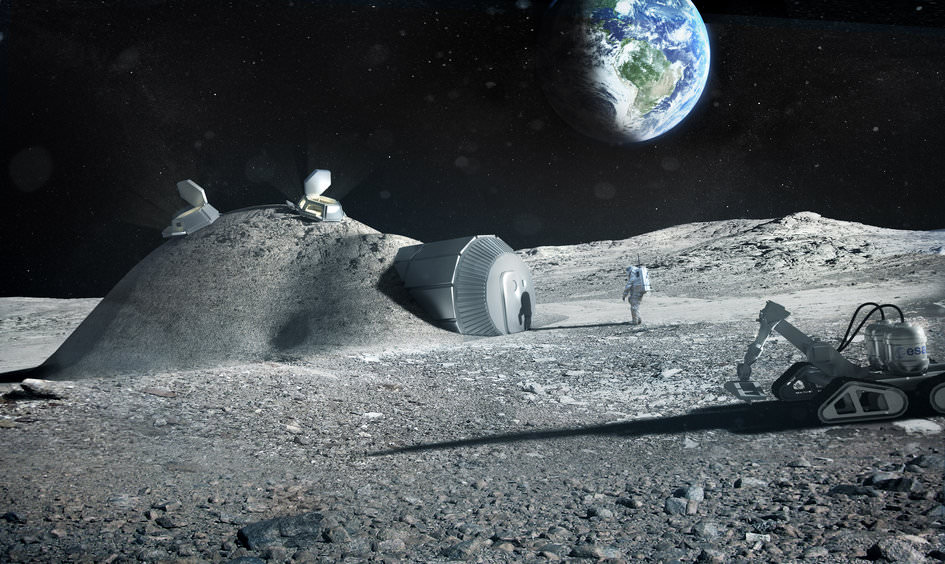3D printing will be an absolutely critical technology as space exploration starts to take off. Initially, it will be impossible to individually manufacture every tool needed to create and sustain infrastructure in space. The only option will be to build some of those tools in space itself, in no small part, because it could potentially take months or even years to get to any area where the tools are manufactured. So any tool that can be created in situ is the best option available for early space explorers. Using materials like Martian regolith to 3D print those tools has long been an area of ongoing research. Now a team from Washington State University has successfully printed some tools using simulated Martian regolith, and they seem to work – up to a point.
The team, led by Professor Amit Bandyopadhyay of WSU’s Mechanical and Materials Engineering Department, used a powder-based 3D printing method to combine simulated Martian regolith. Martian regolith is a black, powdery substance designed to mimic materials found on the surface of the red planet with a powdered titanium alloy.
Combinations of materials ranging from only 5% regolith up to 100% regolith were tested. They were subjected to a sintering process that saw them heated to 2,000 degrees C and then allowed to cool while forming different shapes and sizes of solid material.
Credit – Washington State University YouTube Channel
Testing the resultant ceramics was a mixed bag. Samples made of the 100% Martian regolith were brittle and developed cracks in their structure as part of the printing process. While those cracks would prove a deal-breaking for tool manufacturing, such cracks are relatively inconsequential for other use cases on the Martian surface, such as adding a layer of radiational protection to human habitats, which Dr. Bandyopadhyay and his team are quick to point out.
Lower concentrations of regolith (and consequently higher concentrations of titanium) performed better in terms of the material properties necessary for tool-making. In fact, the mixture of 5% regolith with 95% titanium actually resulted in superior physical properties to tools that were made with simply 100% titanium.
The press release from WSU doesn’t explain why that might be the case, but it points to a potential use case for Martian regolith as a significant component of tools used by future Martian explorers. And as the press release does make clear, every saved kilogram of material that doesn’t have to be launched is potentially hundreds of thousands of dollars saved.

Credits: ESA/Foster + Partners
We’ve reported numerous times that printing using regolith isn’t a novel idea. We’ve also reported how in-situ resource utilization can get messy sometimes. This isn’t even the first time Dr. Bandyopadhyay’s team has 3D printed something with regolith – they were part of a NASA study ten years ago that looked at using crushed lunar regolith as a feed material for a 3D printing process.
There’s still lots of work to be done before any tool is used to fix anything on Mars, but proving it could be made even partially with materials native to the Red planet is a step towards making it a reality. And the team at WSU is undoubtedly not the last group that will look at making even better tools out of those materials.
Read More:
WSU – Martian rock-metal composite shows potential of 3D printing on Mars
UT – Swarms of Robots Could Dig Underground Cities on Mars
UT – Five Teams Compete to Design a 3D Printed Mars Habitat for NASA
Lead Image:
Mars depiction
Credit – Wasan Prunglampoo via iStock, with credit to NASA
The post Mars Rocks Have the Right raw Ingredients to 3D Print Everything From Tools to Rocket Parts appeared first on Universe Today.
No comments:
Post a Comment